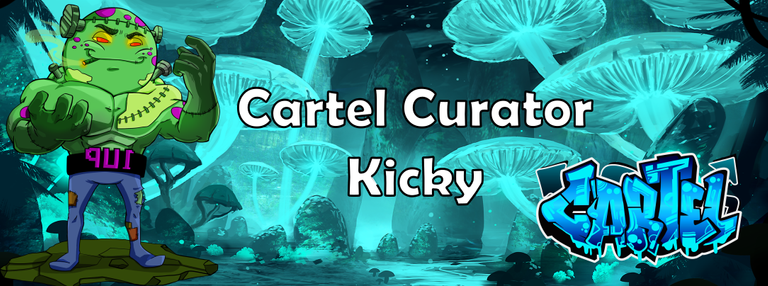Recently Sonus Paradisi introduced a new sample set for Hauptwerk of the Janke Organ in Bückeburg (Germany).
It is a relatively new organ, build in 1993-1997 by Rudolf Janke in the Mid-German baroque style. The instrument consists of 3 manuals and a pedal, alltogether 47 sounding stops. Janke created a fine instrument with a mellow yet crisp sound.
The virtual instrument can be downloaded from the Sonus Paradisi website for free (https://www.sonusparadisi.cz/en/organs/germany/buckeburg-janke-organ.html). The douns were recorded in three different positions. The free sample set has one small limitation. The Unterwerk and the Pedal divisions have only 2 microphone perspectives (diffuse and rear). The direct perspective for the Unterwerk and Pedal is sold separately as the vol. 2. Therefore, those who wish to support Sonus Paradisi are welcome to make their contribution by purchasing the small vol. 2 and use the complete virtual instrument.
I first downloaded the free instrument and practised a few hours on it. And I was almost immediately hooked. The instrument has everything you need to play the music from the Baroque era. And it sounds wonderful, not too dry, not too wet, the colours of the different stops are magnificent and they blend very well.
So, this morning i bought volume 2. And used it to create this video. The music I play is a new publication on my website, one of the compositions from manuscript6 Am.B. 340.

Manuscript Am.B. 340, available as digital copy at the Staatsbibliothek zu Berlin, was presumably written by Wilhelm Karges (1614 - 1699). The composers in this manuscript are sometimes given with there initials, but most pieces remain anonymous in the manuscript. Karges writes his own initials above three compositions, so we may safely assume he actually composed those three. A large part of the other compositions can be traced to originals written by Heinrich Scheidemann, Jan Pieterszoon Sweelinck, Johann Jacob Froberger, Sebastian Anton Scherer and François Roberday. And the remaining compositions are either originals by Karges or are based on originals I am not familiar with.
Karges adapts the compositions of the other composers to his liking or to his need. As a source of the originals this manuscript is not very useful. As a source for compositions that can be used during service, the manuscript however is highly useful. Karges adapted a large part of the pieces to be around three minutes long, and often provides means to easily play a repeat, if the piece needs top be longer. Karges does this by chopping up the longer pieces by for example Scheidemann and Sweelinck in several pieces, or by combining the shorter pieces by Roberday and Scherer into one piece. He always uses martial of one composer and does not mix music by several composers into one piece.
The pieces based on compositions by Scherer and by Roberday are particularly interesting. Regardless of the original titles of the compositions, Karges calls them Capricio or Ricercar. And he adapts the material to create a piece consisting of several movements, that often has the characteristics of a prelude and fugue of the early baroque. The first movement is often in a rather free style, followed by one, two or more short fugues. In the fugue part of the piece Karges often changes from binary rythm to ternary rythm and always concludes in binary rythm. If his source lacks suitable material to fit in this mold, Karges composes new material.
This Capricio is a good example of the general outline of these compositions. The first fugato is in binary rythm, the second in ternary rythm and the last two bars are again in binary rythm. This composition is largely true to Francois Roberdeay's original "Caprice sur le mesme sujet de Fugue 1re". Karges changes the voice leading in a few spots, omits one bar near the end of the second fugato and writes a different conslucion to the composition.
Score available here: http://partitura.org/index.php/wilhelm-karges-francois-roberday-capricio-in-g






